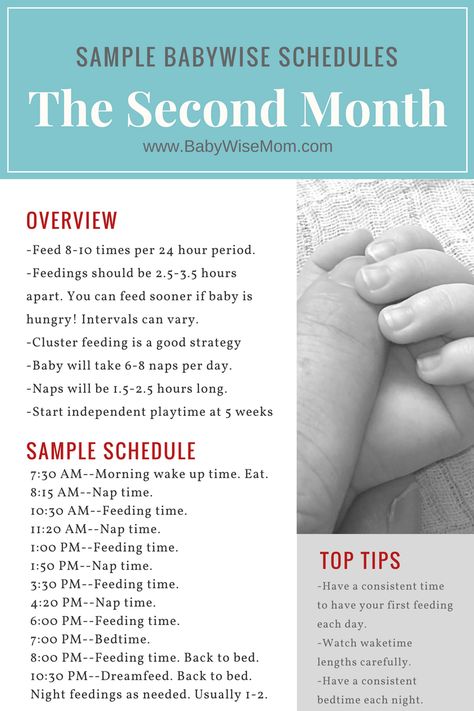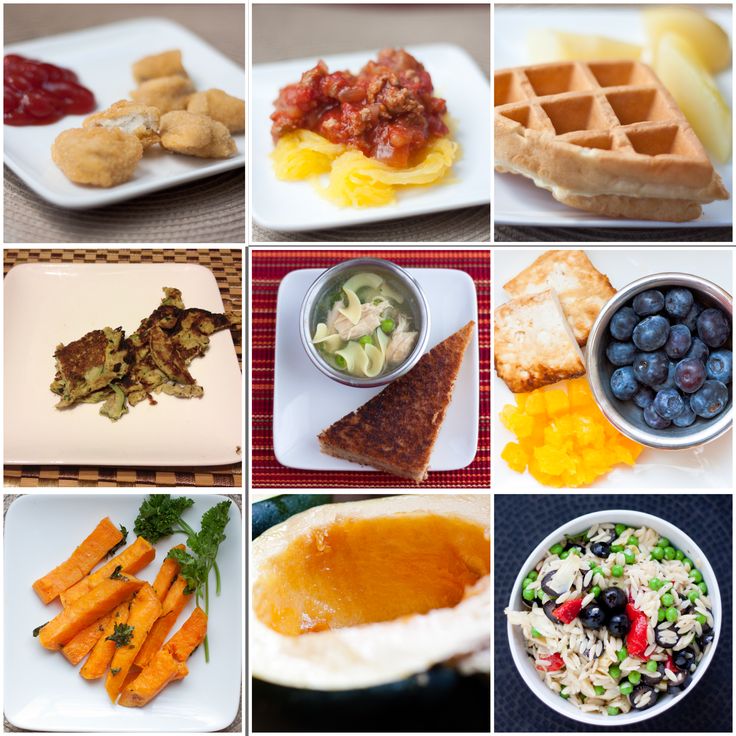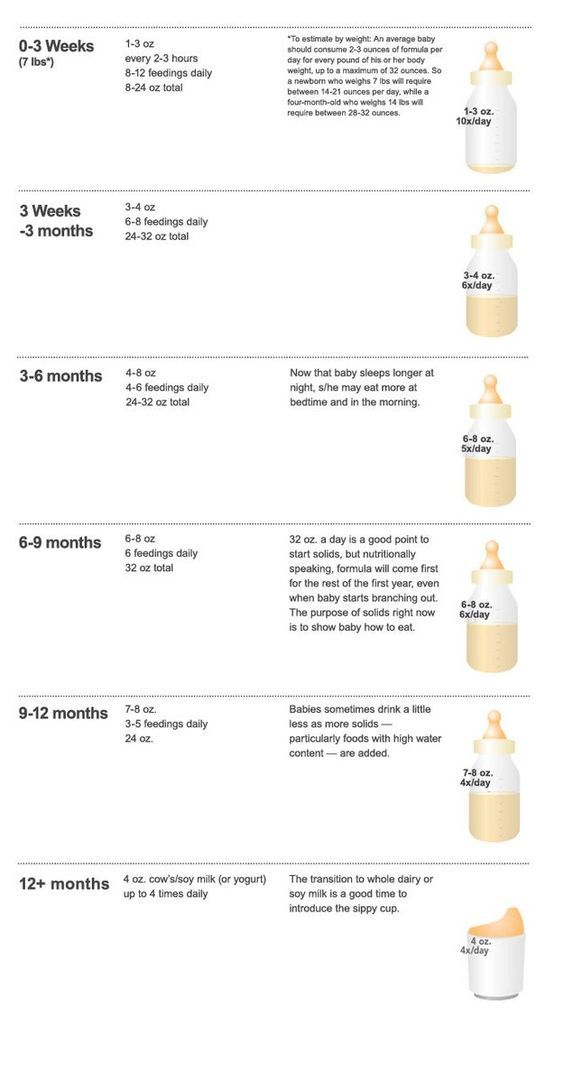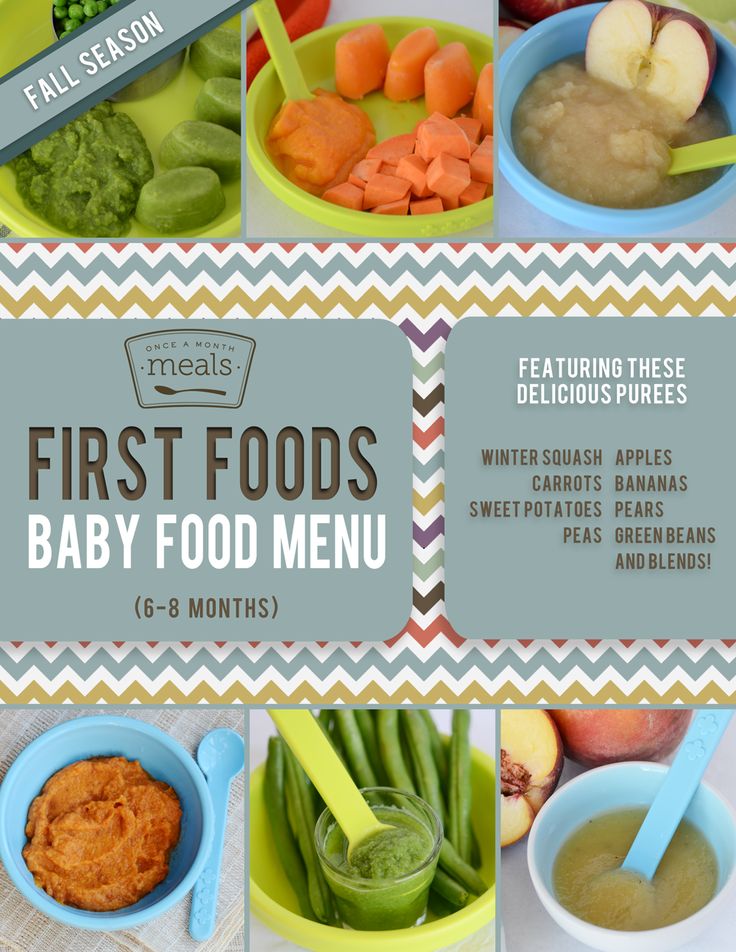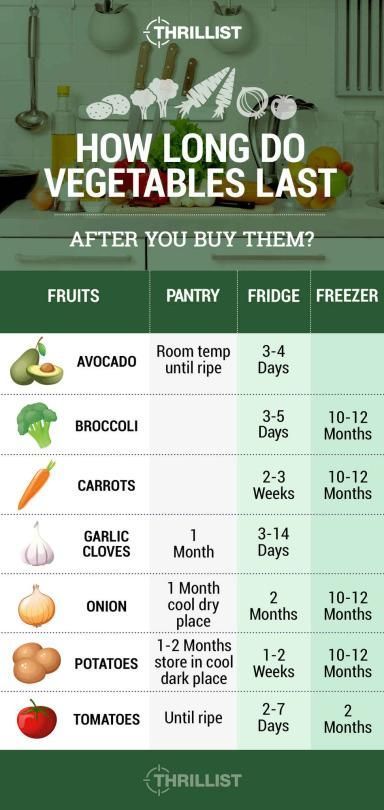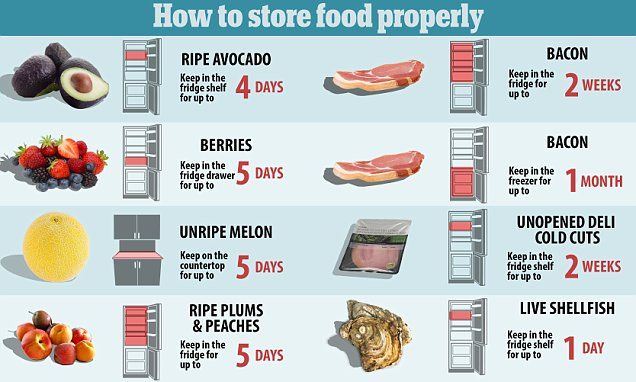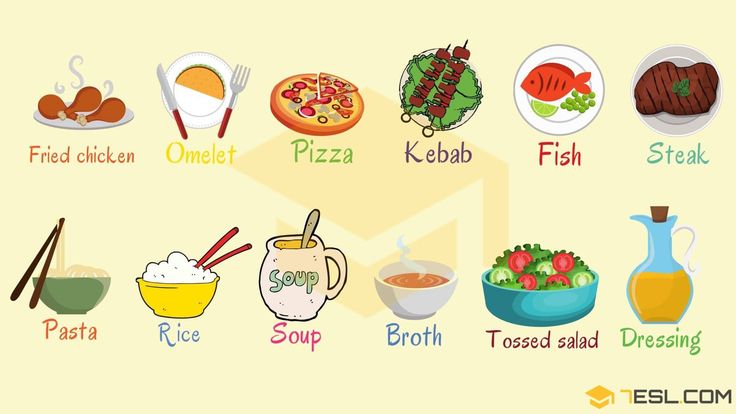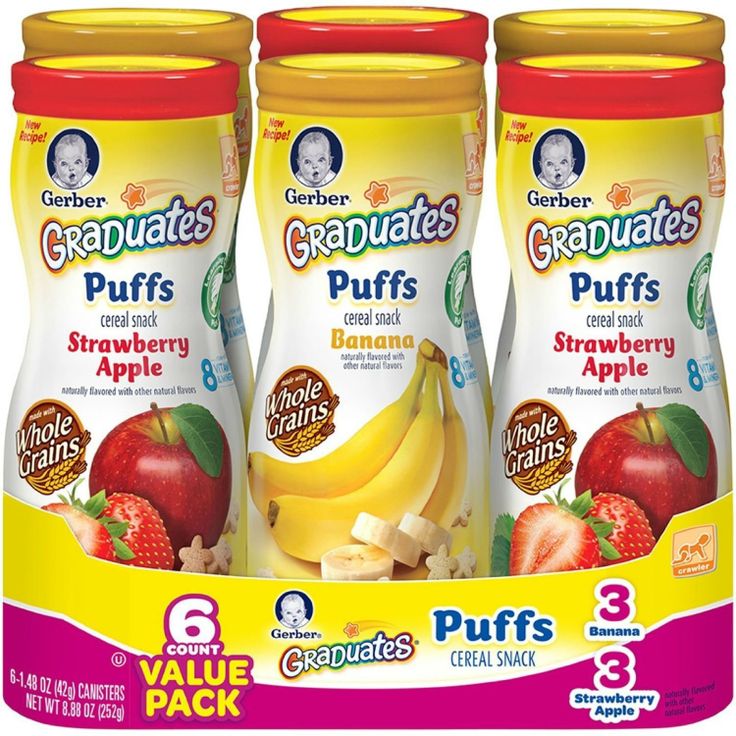Sample baby food schedule
Sample Schedules for Starting Solids (6 to 12 Months)
Looking for sample schedules for starting solids? Ideas for how to introduce solids on a schedule. Including sample feeding schedule for 6 months old and beyond.
Ready to start solids with your babe? This is an exciting time!
Here’s everything you need to know about introducing solids safely including sample schedules for starting solids from 6 months to 12 months, plus recommended menu items.
Is Baby Ready for Solids?
The most important thing to consider as your baby approaches the 4-6 month mark, is whether they are showing signs of feeding readiness.
This includes things like:
- Baby is 6 months old (there is no benefit to starting solids before 4 months at the earliest)
- They are interested in food they see around them
- Baby is losing their tongue thrust reflex that keeps food out of their mouth
- They are sitting up on their own for at least 60 seconds at a time
If your baby is showing these signs, great! It’s time to start introducing some solids.
Note that baby should continue receiving breast milk and/or formula for at least the first year of life, as you begin the transition to solid foods.
What Are the Benefits of Solids?
Eventually, your baby’s diet will be predominantly solid foods, but it takes some time to get there.
Solid foods expose your baby to a wide variety of textures, shapes, consistencies, and colors. They’re also important for nutrition, providing an array of vitamins, minerals, fiber, protein, fat, and energy.
Eating solids is also important for physical growth and development. As your baby matures, they become prepared to try new foods and get more of their nutrients from solids than breast milk/formula.
Plus, it’s fun to play with and try new foods!
However you decide to introduce solids – using a traditional spoon-feeding/puree approach or a baby-led weaning approach – your baby benefits from the nutrition and exposure.
Recommended Solid Foods for Babies
Below are some nutritious first foods that have worked well for us:
- Tofu
- Avocado
- Oatmeal
- Hummus
- Pancakes
- Soft fruits, like bananas, kiwi, mango
- Soft-cooked vegetables, like zucchini, sweet potato, and broccoli
- Beans, peas, lentils
- Toast, cut into strips
As you design your baby’s menu, these are some great nutrient-dense foods to incorporate that can also be prepared and served in an age-appropriate way.
For a list of foods to avoid when starting solids, see this blog post.
Sample Schedules for Starting Solids
How you choose to design your baby’s solid feeding schedule depends on several things, including what your daily routine looks like.
We recommend beginning with 1 solid food meal per day for 6-month-old babes and increasing to 3 meals per day for 9-month-old babies.
Between these milestones, continue to slowly add new foods and increase how many meals/snacks you’re offering.
By 12 months old, your baby will be eating 3 meals and a few snacks per day of solid foods, using breast milk and/or milk/milk alternatives (e.g., fortified unsweetened soy or pea milk) as needed.
Keep in mind that it can take 10-15 times of offering a food before a baby even tries it, or decides whether they like it. If your baby doesn’t seem to be interested in a certain food, keep offering.
Below are a few example feeding schedules for offering solids to babes at least 6 months old.
Feeding Schedule for 6 Months
- 7am: Breastfeed/bottle feed
- 8am: Breakfast – Iron-fortified baby oat cereal, peeled sliced peaches, avocado strips
- 11am: Breastfeed/bottle feed
- 2pm: Breastfeed/bottle feed
- 5pm: Breastfeed/bottle feed
- 7pm: Breastfeed/bottle feed
Note that you may continue to breastfeed/bottle feed babies this age during the night if they are still waking up.
Feeding Schedule for 9 Months
- 7am: Breastfeed/bottle feed
- 8am: Breakfast – Pancake strips, chopped raspberries and bananes
- 11am: Breastfeed/bottle feed
- 12pm: Lunch – Penne pasta with tomato sauce, green peas, melon slices with skin and seed removed
- 3pm: Breastfeed/bottle feed
- 5pm: Breastfeed/bottle feed
- 6pm: Dinner – Smashed black beans, tofu strips drizzled with thinned nut butter, sliced orange sections with outer membranes and pith removed
- 7pm: Breastfeed/bottle feed
Feeding Schedule for 12 Months
- 7am: Breast milk or milk/milk alternative
- 8am: Breakfast – Toast strips with mashed avocado, half of a banana (remove 2 inches of the skin, leaving the rest of the peel for easy handling)
- 10am: Mid-morning snack – chopped watermelon, diced grapes, hummus
- 12pm: Lunch – Quinoa-based veggie burger patty, steamed cauliflower and beet strips
- 3pm: Afternoon snack + breast milk or milk/milk alternative
- 6pm: Dinner – Lightly fried tempeh strips, kidney beans, roasted sweet potato cubes, steamed cucumber
- 7pm: Breast milk or milk/milk alternative
We hope these sample schedules for starting solids are helpful when your baby is ready for first foods. When you introduce solids on a schedule, this can help alleviate some of the stress of feeding while nourishing your baby well. Have fun with it!
When you introduce solids on a schedule, this can help alleviate some of the stress of feeding while nourishing your baby well. Have fun with it!
Chime In: If you’ve already done solids with your babe, what has your schedule looked like? Any other tips for new parents?
If you found this post helpful, we suggest you read these too:
- Spoon Feeding vs. Baby-Led Weaning
- Do Babies Really Need 11mg of Iron a Day?
- Plant-Based Baby-Led Weaning Grocery List
- How to Wean Baby to Plant-Based Milk
Example 6 Month Old Feeding Schedule
As you make the transition to introducing solid foods around six months, life starts to change!
The thought of introducing new foods on top of breast milk or formula and naps can leave even the calmest of new parents apprehensive.
Here are some things to keep in mind as you start to introduce those first foods to your baby, and a sample schedule to help you wrap your head around what to do!
More: For more help with baby led weaning and how to help your baby succeed with eating, be sure to check out this article with a comprehensive guide to baby led weaning and first baby foods!
6 month old baby’s feeding schedule pointers
Before we get to the actual schedule, here are a few things to keep in mind.
When to Start Solid Foods With Baby
The American Academy of Pediatrics recommends starting solid foods around 6 months. In this case solid food means traditional baby food or baby led weaning style finger foods. Really, anything other than breast milk or infant formula!
The best way to tell if your baby is ready to start solid foods is by following their developmental signs of readiness.
Once they are ready for foods, grab a good high chair, take a look at the schedule below, and you can start them with some modified table foods or a baby cereal and pureed foods.
Learn How to Set The Best Foundation For Feeding Your Baby!
Learning what to feed your baby is helpful. But what about all the rest?! Things like how they should be positioned for eating, what you should say at meals, and how to set up an environment that fosters a positive feeding relationship-for life!
These are the things your parents and friends don't have the answers for, and they're the things that make the biggest difference!
Grab the Foundations course where I walk you through it all.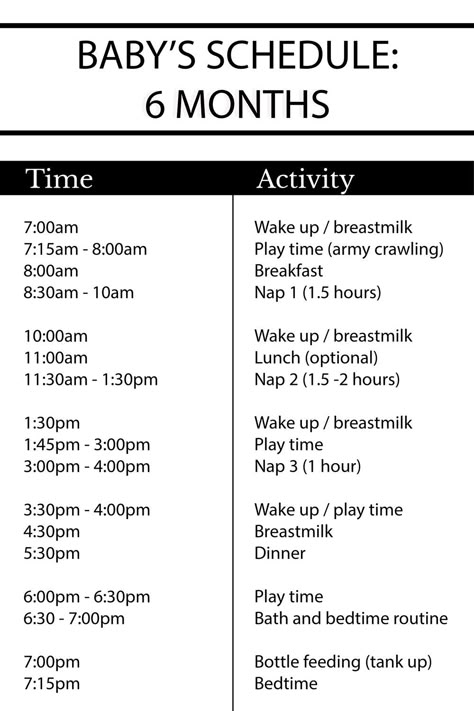
Breast Milk or Formula Is Still Their Primary Source of Nutrition
A 6 month old baby’s main source of nutrition is still going to be breast milk or formula. Introducing food is to help them get used to it, form a positive association with food, and to start getting some additional nutrients that they start to need right around that 6-month mark.
But your baby’s needs don’t all of a sudden change to where they need an additional three meals a day and a ton of food and eating opportunities!
The idea is to start slowly and follow your baby’s cues as you introduce more food and eating opportunities.
Keep giving breast milk or formula as you were before. That can mean on demand if you’re breastfeeding, or following the same general schedule you were before for formula-fed babies and breastfed babies.
Their amount of formula or breastmilk won’t necessarily change. The average baby at this time is usually going to be nursing 5-6 times a day, or taking 24-32 ounces of formula.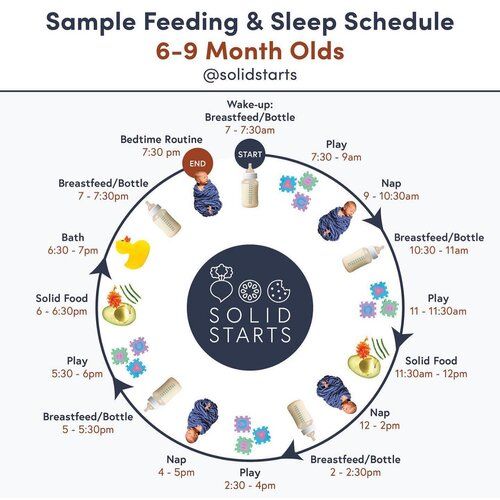 In many cases, it might actually increase because they are having growth spurts and will start to need more!
In many cases, it might actually increase because they are having growth spurts and will start to need more!
After you give them their breast milk or formula, add in a meal 30-60 minutes later. This doesn’t need to be set in stone, as what works for your baby might differ from someone else’s!
The general idea is to offer breast milk or formula first, give them a bit of a break, and then offer them solid foods.
Your 6 Month Old Baby Won’t Eat That Much!
At the beginning, babies take time to learn how to eat. Most babies will need to get the handle of how to get food to their mouth and down their throat. They won’t really be eating solid meals for several weeks in most cases.
Don’t panic if you’re a few weeks in and they still aren’t getting much solid food down. Give it some time. Remember, their primary source of nutrition is still their breast milk or formula!
And if you aren’t sure what to expect when it comes to solid foods, make sure to grab the Starting Solids course to help prepare you and give you confidence in feeding and to help you set up a great foundation for your feeding relationship with them.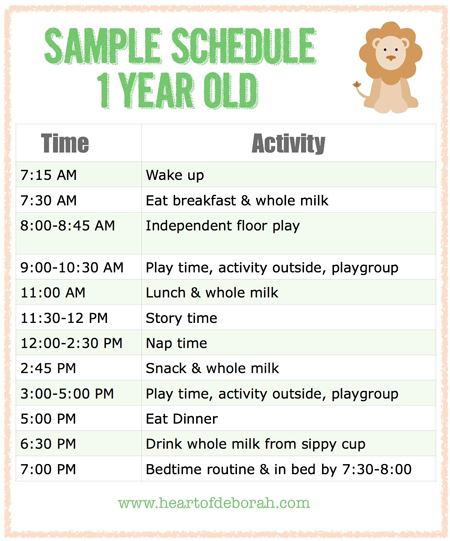
Sample Feeding Schedule For A 6-Month-Old Baby
The biggest thing to keep in mind is that every baby is going to be different. I generally shy away from giving out specific schedules, because different things work for different babies.
But after many parents have asked consistently for it, here is an example schedule for your 6 month old to help you with a place to start for your daily routines.
I’m giving specific times to help you visualize it, but think of this more as a spacing example for your day than an exact example of when you should be doing these things.
A Note On Your Baby’s Sleep Schedule
All babies will have different sleep schedules. This is especially true for the first year of your baby’s life. Some babies will have a short nap in the morning, while others will take a long nap.
Sometimes that happens no matter how hard you try to maximize the hours of sleep your baby gets!
The best thing you can do is to be consistent in your wake windows.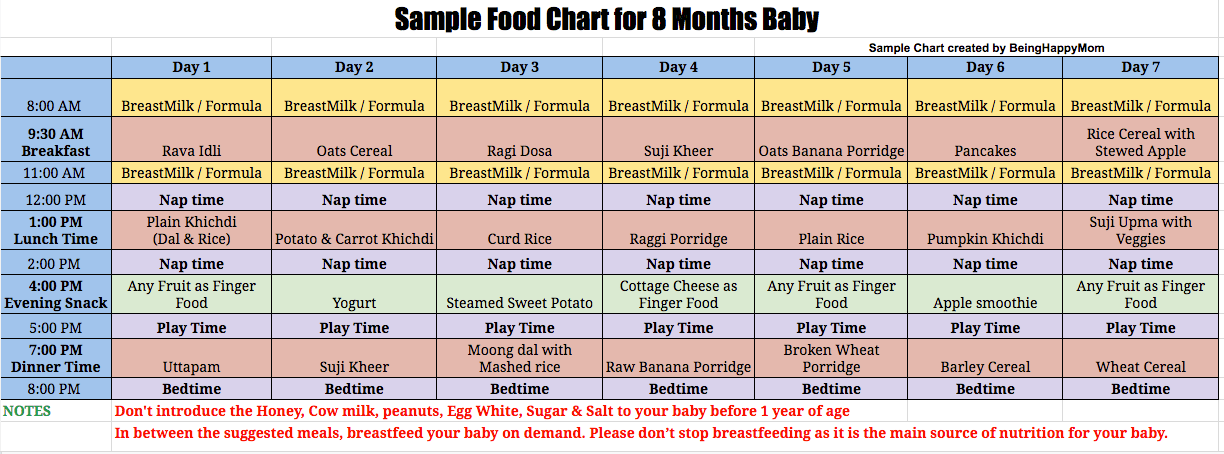 Meaning if your baby gets up at 7 am, you want to be consistent with something like a 2 hour wake window. This means that they will go back down for their first nap 2 hours after waking up.
Meaning if your baby gets up at 7 am, you want to be consistent with something like a 2 hour wake window. This means that they will go back down for their first nap 2 hours after waking up.
Follow this same pattern for their later naps and plan to put them down based on when they woke up, not necessarily the time the clock says.
As the day goes on, their wake window might get slightly longer. And as they grow, they will generally start to take longer naps and lengthen their wake time between naps.
Sample 6 Month Old Feeding Schedule With Breakfast
Here is an example of how I might space my day if I was planning to feed my baby solid foods at breakfast time. When they are first starting to eat and for the first several weeks of solid foods, they really do only need one meal a day.
Daily Schedule With Breakfast
- 6:30 am: Wake-up, then nurse or bottle
- 7:30-8:00 am: Breakfast (Head to this article for specific help with what to serve your baby at meals.
 )
) - 8:30 am: First morning nap
- 10:30 am: Nurse or bottle
- 12:00 pm: Second nap
- 1:30 pm: Nurse or bottle
- 4:00 pm: Third nap
- 5:00 pm: Nurse or bottle
- 6:30 pm: Nurse or bottle, then bedtime routine and sleep
Sample Feeding Schedule With Dinner
Here is a sample feeding schedule with dinner as your meal for the day. Again, this is just an example. To serve a different meal, simply aim to have the food 30-60 minutes after you have given them breast milk or formula.
You do not need to serve food at the same meal every day, or exactly at the same time. If your baby sleeps through your normal lunch time when you were planning to feed them, just plan to feed them at dinner.
I do recommend aiming to get in at least one meal a day once you start giving them solid foods to help them get in the practice that they need.
Daily Schedule With Dinner
- 6:30 am: Wake-up, then nurse or bottle
- 8:30 am: First morning nap
- 10:30 am: Nurse or bottle
- 12:00 pm: Second nap
- 1:30 pm: Nurse or bottle
- 4:00 pm: Third nap
- 5:00 pm: Nurse or bottle
- 5:30 pm: Dinner (Here are some dinner ideas for babies)
- 6:30 pm: Nurse or bottle, then bedtime routine and sleep
These Schedules Are Just Starting Places!
This is just a final reminder for you that these really are just places for you to start. Every baby and family will find a different flow that works for them.
Being consistent in wake windows is the most important thing at this age. Sleeping really is primary!
Sleeping really is primary!
A tired baby isn’t going to want to sit at the table and focus on learning how to eat. So do your best to let sleeping and breast milk or formula be the main concerns, and add in meals in between those.
As your baby gets older, the feeding schedule for 7 month olds really doesn’t change much.
They might drop a nap, have longer wake windows, and will likely start wanting to have more meals.
To increase meals to 2 a day, simply keep the same things in mind and add a meal 30-60 minutes after breast milk or formula when they are awake.
Looking for help on a feeding schedule for your toddler or 1-year-old? Check out this article with a sample 1 year old feeding schedule!
Union of Pediatricians of Russia
Nutrition for children from 1 to 3 years of age
The period from 1 to 3 years of life is a crucial stage in the transition to an adult type of nutrition, which has certain features. In order to ensure that all the necessary nutrients enter the child's body and at the same time prevent an excess of individual nutrients, nutrition should be balanced and varied. nine0003
In order to ensure that all the necessary nutrients enter the child's body and at the same time prevent an excess of individual nutrients, nutrition should be balanced and varied. nine0003
The daily amount of food for children aged 1 to 1.5 years should be 1000-1200 g, from 1.5 to 3 years - 1200-1500 g, the amount of food in one feeding should not exceed 300-350 ml. The diet consists of three main meals per day and two snacks. It is considered optimal when breakfast is 25% of the total energy density of the diet, lunch is 30–35%, dinner is 20%, and additional meals are about 10%. In general, the child can eat the same food as the rest of the family. nine0003
In the diet of a child of 1–3 years of age , must be present daily: meat of animals or poultry, dairy and sour-milk products, vegetables, fruits, bread, cereals, vegetable and butter; fish and eggs are included in the diet 2-3 times a week.
Cereal products: bread - 2-3 servings per day, cereals and side dishes - 1 time per day
Fruit and/or vegetables: at least 5 times a day
Dairy products: at least 3 servings per day (including those used to make cereals, yoghurts, fermented milk drinks, cottage cheese, infant formula or breast milk).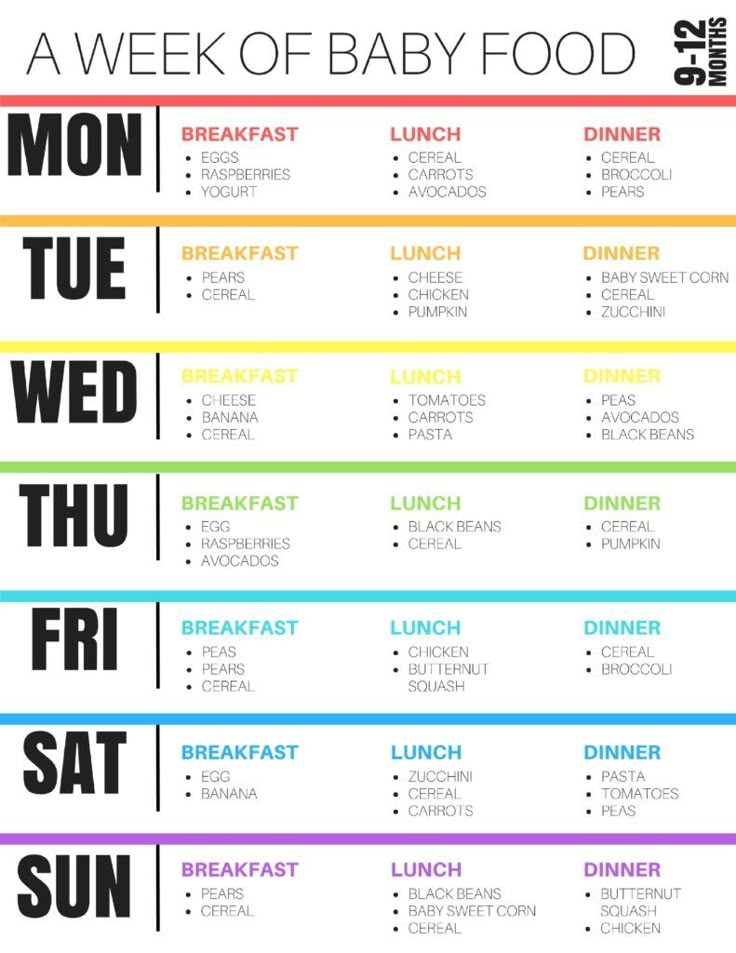 nine0003
nine0003
Domestic pediatricians recommend that when preparing a diet for children aged 1–3 years, preference should be given to specialized children's dairy products of industrial production that meet high quality requirements and safety indicators for this age. Most children's dairy products are additionally enriched with vitamins and/or minerals and other biologically active components, taking into account the physiological needs of children of this age. At the same time, in foreign recommendations, children over 1 year old are offered the gradual introduction of whole cow's milk, which is rich in fats necessary for proper growth and development, the absorption of vitamins A and D, the development of the brain and nervous system of the child. nine0003
Meat dishes: 2-3 times a day
Fish dishes: 2-3 servings per week
Eggs: 2-3 per week
Dietary fats: 3-4 teaspoons of butter and/or vegetable oils per day
When cooking, use the minimum amount of salt and sugar, and do not add them to industrial products.
Offer your child a variety of foods and let them choose for themselves. Children love to eat on their own, so if possible, offer food that the child can eat with their hands. nine0003
It is important to remember that a baby can choke on pieces of food, so whatever you give your baby should be crushed or cut into small pieces that can be easily chewed.
Do not give to a small child: nuts, whole grapes, cherry tomatoes (unless quartered), whole carrots, seeds (such as pumpkin or sunflower seeds), round candies, legumes, raisins, because a child can eat them choke.
Also in the diet of children of the first 3 years of life should not be present:
Mushrooms; canned snacks, pickled vegetables and fruits
Home-preserved canned food
Dry concentrates for side dishes
Hot sauces, mustard, horseradish, pepper, vinegar, mayonnaise
Natural coffee
Juices and drinks in the form of dry concentrates; sweet carbonated drinks
Products containing food additives (flavorings, dyes of artificial origin, including chewing gum), popcorn
Combined fats; cakes and pastries
It is important to remember that children of this age should not be given too spicy and spicy foods.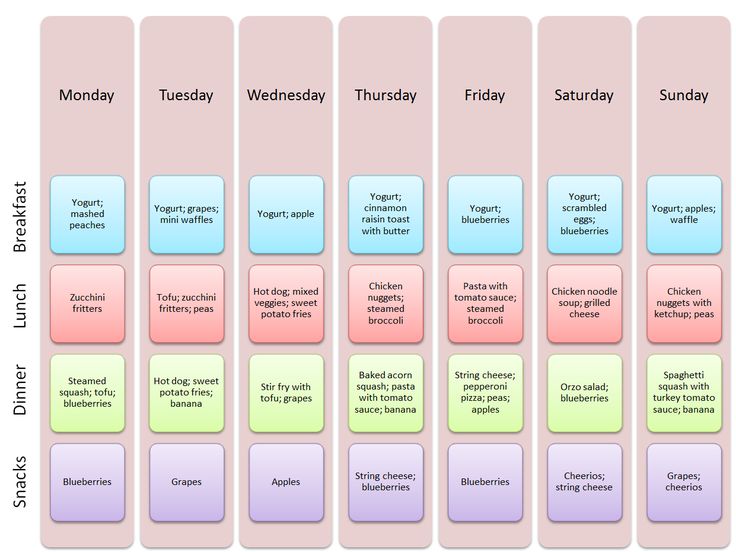
approximate weekly diet, daily menu for artificial and breastfeeding for an 8 month old baby
Published: 02/10/2021
Reading time: 3 min.
Number of reads: 88294
Author of the article: Ponomareva Yuliya Vladimirovna
Pediatrician, candidate of medical sciences, allergist-immunologist
An 8-month-old child is already an adult baby who knows a lot and even tries to defend his right to independence. The process of intensive growth and development continues - the baby is rapidly mastering new motor skills, improving in speech and cognitive activities.
The pace of growing up and high activity determine the clear requirements for the nutrition of the baby, which must quantitatively and qualitatively meet the needs of children at this stage of life. By the 8th month of life, the child's digestive tract is already quite mature. It is able to digest and assimilate the products of the main food groups. Let's look at the basic principles of compiling a baby's diet, and also develop a menu for 8 months, indicating an approximate list of dishes and a meal plan for a week. nine0003
nine0003
Contents: Hide
- General principles
- A must in the diet
- Sample menu for a week for 8 months
General principles
It is fine if a mother continues to breastfeed at this age Breast milk is no longer the basis of the diet, but continues to be a source of easily digestible and beneficial nutrients, and also protects the baby from many infectious diseases. If the baby is artificially fed, use an adapted mixture in the diet that suits him well and matches his age. In addition to breastfeeding, an 8-month-old baby's eating schedule includes 4-5 meals. Of these, three are basic (breakfast, lunch and dinner), two are additional (second breakfast and afternoon tea). The baby already withstands 3.5–4 hours between meals and at least 6 hours at night. The volume of each feeding is 170–200 ml and approximately 1000 ml/g per day. nine0003
A must in the diet
Your 8 month old baby's daily menu should include the main food groups that guarantee the supply of vital nutrients - proteins, fats and carbohydrates.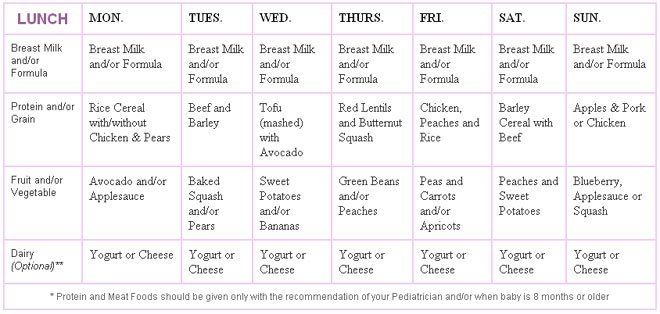 What products must be included in the menu at this age? Porridge is one of the first and most important complementary foods. It is rich in all the main nutrients, provides long-lasting satiety and has a pleasant taste. By the 8th month of life, babies digest and assimilate dishes from various cereals well, therefore, multi-component cereals with natural fruit or vegetable additives, dairy-free or based on specially prepared milk can be used in nutrition. nine0003
What products must be included in the menu at this age? Porridge is one of the first and most important complementary foods. It is rich in all the main nutrients, provides long-lasting satiety and has a pleasant taste. By the 8th month of life, babies digest and assimilate dishes from various cereals well, therefore, multi-component cereals with natural fruit or vegetable additives, dairy-free or based on specially prepared milk can be used in nutrition. nine0003
Vegetables and fruits do not have a high nutritional value, but are a major source of fiber. Therefore, they are also required in the daily menu. Meat complementary foods are a source of protein that is complete in terms of amino acid composition, and a baby should receive 60-80 grams of meat per day. Dairy products are another source of complete protein and easily digestible fat. However, the introduction of non-adapted dairy products can cause allergies and increase the load on the baby's kidneys. In this regard, the menu should contain no more than 50 grams of cottage cheese daily.